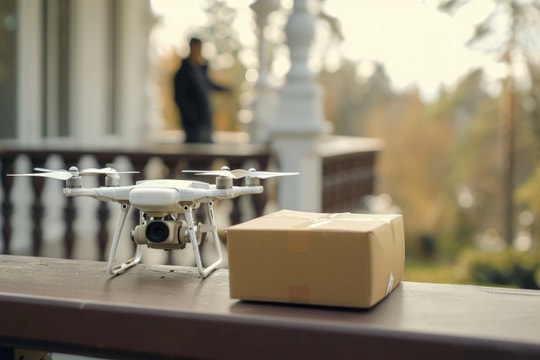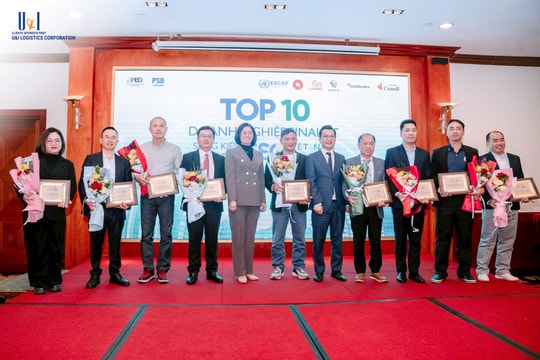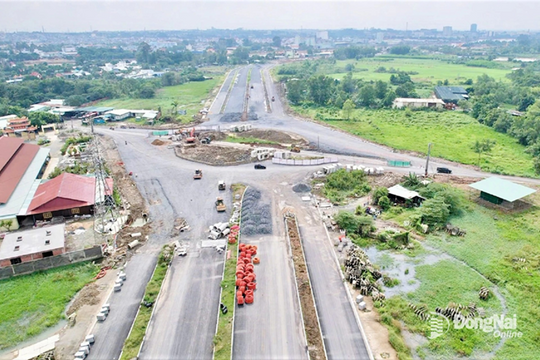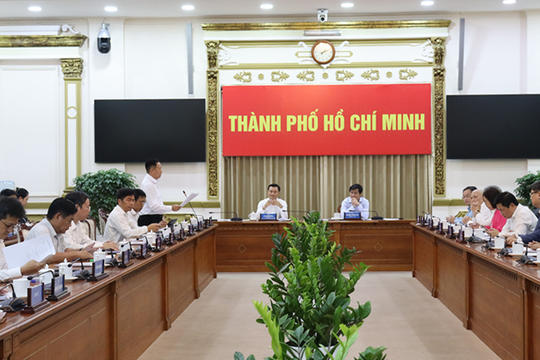With a state-of-the-art battery system and advanced autonomous navigation technology, ASKO’s electric barges can transport goods between logistics centers without human intervention. This innovation helps significantly cut labor costs, optimize transport times, and reduce thousands of tons of CO₂ emissions annually. It also alleviates pressure on road transport and contributes to marine environmental protection, aligning with Norway’s sustainability strategy.
.jpg)
.jpg)
About ASKO and the Autonomous Electric Barge Project
ASKO is one of Norway’s largest retail groups, responsible for distributing consumer goods to thousands of supermarkets nationwide. With an extensive transport network, ASKO continuously seeks modern logistics solutions to reduce operational costs, enhance supply chain efficiency, and achieve carbon neutrality by 2030.
.jpg)
.jpg)
One of the key objectives of the project is to reduce the number of trucks on roads, thereby reducing traffic congestion, saving fuel costs, and cutting CO₂ emissions. Estimates suggest that once fully operational, the barges could replace over 2 million km of road transport annually, equivalent to removing approximately 150 diesel trucks from the transportation system.
This project not only helps ASKO lower transport costs but also plays a critical role in supporting Norway’s emission reduction targets and the adoption of renewable energy in transportation.
Technology and Design of the Autonomous Electric Barge
ASKO’s autonomous electric barge is equipped with cutting-edge technologies in electrification and autonomous waterway transport. Key design features include:
1. High-Capacity Battery System
The barge is fitted with a large-capacity lithium-ion battery system, allowing it to operate continuously for several hours without recharging. Each operational cycle enables the barge to travel over 40 km, sufficient for transporting goods between ASKO’s warehouses.
The battery system is fully powered by wind and solar energy, ensuring 100% CO₂-free operation. This not only optimizes energy costs but also guarantees the long-term sustainability of this new transport model.
2. Advanced Autonomous Navigation Technology
ASKO’s barge is equipped with AI-driven automation and sensor technology, enabling it to navigate independently, detect obstacles, and adjust its route without human intervention. Key integrated technologies include:
Radar and LiDAR: Helps the barge detect other vessels and adjust its course to avoid collisions.
GPS and Inertial Navigation System: Maintains precise navigation even in adverse weather conditions.
Automated VHF Communication System: Enables the barge to communicate with shore control centers and other vessels to ensure safe operations.
With autonomous technology, the barge can operate 24/7, optimizing transport times and reducing reliance on human labor.
3. Integration with Smart Supply Chain Systems
.jpg)
.jpg)
Additionally, real-time data monitoring allows for performance tracking, charging demand prediction, and route optimization to maximize energy efficiency.
Benefits of Autonomous Electric Barges for the Environment and Economy
The deployment of autonomous electric barges provides numerous benefits:
CO₂ Emissions Reduction: The project cuts 5,000 tons of CO₂ annually, contributing to Norway’s greenhouse gas reduction goals.
Traffic Congestion Alleviation: By replacing 150 diesel trucks, the barges help ease road congestion and reduce urban air pollution.
Operational Cost Optimization: While the initial investment cost is high, in the long run, the barges help ASKO save millions of dollars annually due to lower fuel and maintenance costs compared to diesel trucks.
Enhanced Transport Safety: The autonomous system minimizes the risk of human error and accidents, improving safety in waterway transport.
Challenges and Future Prospects
Despite its numerous advantages, the autonomous electric barge system still faces several challenges:
High Investment Costs: Battery technology and autonomous navigation systems require significant initial funding, necessitating long-term investments from governments and businesses.
Limited Charging Infrastructure: The development of charging stations at ports is still in progress, requiring collaboration among stakeholders to expand this model.
Integration with Existing Logistics Systems: Synchronizing electric barges with automated warehouses and smart supply chains requires technological adjustments and system upgrades.
However, with strong support from the Norwegian government and initial success, ASKO’s autonomous electric barge project has high potential for expansion, not only within Norway but also in other regions with well-developed inland waterway networks.


.jpg)
.jpg)




.jpg)

.png)
.png)
.png)


.png)
.png)










